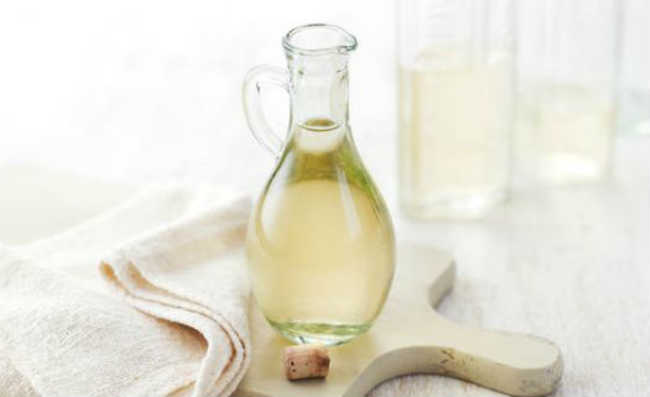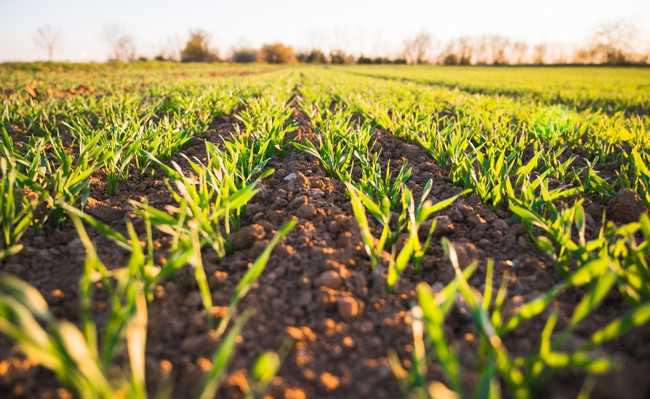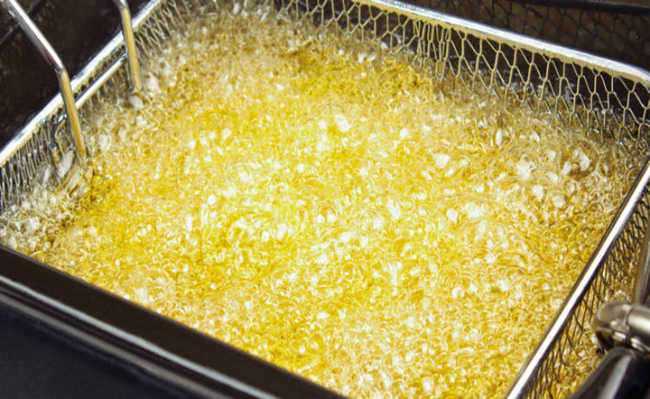Ten natural uses of striking wood ash
You can use wood ash in a natural way, but always avoid producing it

Wood ashes, before the Mesolithic period (a period in which humanity mastered the technique of fire), were only natural products generated from the burning of forest vegetation, which occurred due to fire spots caused by lightning or high temperatures. However, currently, human action has increased the occurrence of forest fires, which is very impactful. Another type of anthropic impact that wood ash generates as a product is the use of wood-burning ovens (which are widely used in pizzerias and in some homes in Brazil), barbecue grills, fireplaces and even the act of smoking.
When ash is generated, carbon monoxide is emitted, a gas that is harmful to the environment and health. Furthermore, every burning of wood presupposes the death of a vegetable, a form of deforestation. So avoid generating wood ash.
- What is carbon monoxide?
- What is coal?
- What is deforestation?
However, wood ash can have natural and beneficial uses. But it is safe to use only natural wood ash from wood ovens and fireplaces, as cigarette ash can contain contaminants and barbecue ash can contain salt, a soil sterilizer. One way to reduce the impacts of wood ash production is to collect the remains of ash from the pizzeria closest to your home, for example, which would be taken to landfills and dumps, increasing their demand for space.
- Wood-fired pizzerias contribute to air pollution
- What is air pollution? What are its types and consequences?
Cautions when handling wood ash
Even though it feels cool to the touch, wood ash can contain buried embers that can stay hot for days - or even weeks. To safely store wood ash, place it (using gloves and a shovel) in a metal container with a lid and place it on a non-combustible surface such as concrete. Make sure the container is insulated and at least a few meters away from flammable materials.
When handling wood ash, always wear gloves, eye protection and, if particles are very fine, a dust mask. Never mix wood ash with nitrogen fertilizers such as urea, as this mixture produces ammonia gas.
Do not use wood ash on seedlings. Wood ash contains salts that damage young plants.
Natural Uses of Wood Ash
1. Neutralize acidic soil
Unless you're growing plants that like acidic soils like blueberries, peppers and azaleas, you'll need to maintain a soil pH of between 6 and 7.5 in your garden. This interval is considered ideal because the nutrients from the fertilizers will be dissolved in water and better absorbed by the plant roots.
Acidic soil (a pH below 6) does not allow plants to receive enough nitrogen, phosphorus, or potassium. Alkaline soil (a pH above 7.5), on the other hand, does not allow plants to receive adequate doses of iron, manganese and phosphorus.
Wood ash contains up to 70% calcium carbonate and can be used as a lime substitute. Unlike agricultural limestone, which is slow acting, wood ash produces desired effects quickly due to its small particle size. As a general rule, never exceed 30% of ash for each part of soil, that is, if you are going to use a kilo of soil, mix up to a maximum of 300 grams of ash.
2. Keep away slugs and snails
Often, slugs and snails end up having their population exceeded by environmental imbalances and enter the garden eating everything in front of them. One way to fend off these types of animals without having to kill them is to surround the garden with wooden ash barriers.
3. Add to compost humus
Wood ash helps to increase the potassium levels in the compost. Potassium is an essential nutrient for flowering and fruiting. Add a thin layer of wood ash every two inches of compost.
- Humus: what it is and what are its functions for the soil
- Domestic composter: the solution for organic waste at home
4. Use in the soil of calcium-loving plants
Wood ash is a natural substance that contains good amounts of calcium carbonate. Sprinkle wood ash on the ground where you want carrots, tomatoes, potatoes, cauliflower, broccoli, lettuce, Brussels sprouts, cabbage, celery, and more to grow.
5. Apply to sheets
Put a kilo of ash in a cloth bag and leave it in a container with a liter of water. Leave for several days until a kind of tea forms. Then apply on brown spots on vegetables, wavy leaves, yellowing of leaf veins and on plants that take time to grow. This will correct potassium deficiencies especially in plants like tomatoes, potatoes, apples, raspberries and beets.
6. Give the chickens a dust bath
Like many birds, chickens need to bathe in dust to stay clean. Wriggling on the ground is a social behavior that allows chickens to clean their feathers by removing parasites such as lice and mites. If you care for chickens with love, give them this gift. Create a "bathroom" by mixing sand and wood ash in a container in the chicken coop.
7. Make soap
The first soaps were made by the ancient Babylonians around 2800 BC. They used a mixture of animal fats and wood ash. When wood ash is boiled in water, lye is created. When bleach (potassium hydroxide) is mixed with fats such as vegetable oils, soap forms.
- How to make sustainable homemade soap
8. Clean metal and glass
Wood ash is mildly abrasive and can be used to polish tarnished cutlery, opaque metals and cloudy glass. To do this, use a cup of ash and add a little water to make a thick paste. Wear rubber gloves and spread this paste all over your dull items. Let the mixture sit for a few minutes before wiping it off with a cloth.
9. Neutralize odors
Like baking soda, wood ash is alkaline and can absorb and neutralize bad odors. To do this, put some wood ash in a small bowl and leave it in the refrigerator or in a smelly room.
- How to use baking soda
10. Remove grease stains
As wood ash is a desiccant, it can be used to clean up grease spills and remove stains from porous surfaces such as stone, cement and asphalt. To do this, sprinkle some ash over the stain and let it rest for a few minutes. So, sweep everything with a broom and dispose correctly!
- Know how to dispose of used or expired automotive oil
Source: Natural Living Ideas










